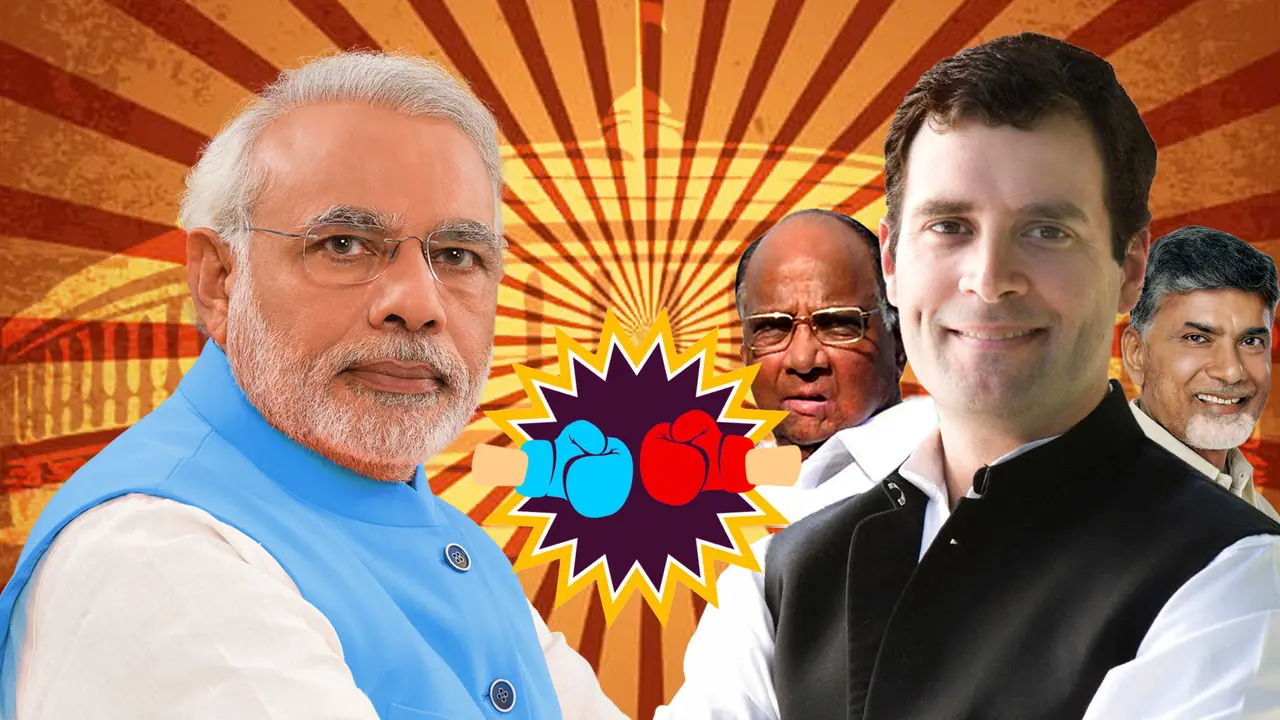The Narendra Modi-led government at the Centre will face a no-confidence motion today, 20 July 2018, which it is sure to win as the numbers are stacked unquestionably in its favour. Most trust votes in the history of Parliament have been won by the incumbent, among whom Indira Gandhi tops the chart. Here is the rest of this history.
The Lok Sabha will witness another no-confidence motion after a gap of 15 years. Incidentally, the last motion too had been moved against a BJP-led NDA government — that of Atal Bihari Vajpayee in 2003.
The Congress is one of the movers of the motion this time; even the last one had been moved by Sonia Gandhi. It was initiated after George Fernandes was re-inducted in Cabinet as Defence Minister. The last motion had been defeated by the AB Vajpayee government of the time.
Just as then, the challenge comes from parties from south of the Vindhyas.
This will be the 27th no-confidence motion in the House.
Of all the trust motions moved in India since Independence, most, obviously, have been against the Congress. While the Congress in all faced 23 of these motions, Indira Gandhi till date retains the distinction of facing the maximum: 15 in all.
The first no-confidence motion was moved against Jawaharlal Nehru in 1963 by JB Kriplani.
Lal Bahadur Shastri and PV Narasimha Rao jointly hold the second position after Gandhi. They faced three trust votes each during their respective regimes.
Vajpayee moved two of these against Congress governments, once in 1967 and the other against Rao, some quarter of a century later.
The first non-Congress government to face a no-confidence motion was against that of the Morarji Desai government. Before it could be voted upon, the Prime Minister resigned — just as in 1996 when Vajpayee did after 13 days in power, making a division of votes redundant.
Number 13 proved fatal for Vajpayee once more in 1999 when his government lost the trust vote after AIADMK withdrew support. The government was 13 months old when it fell short of just one vote.
